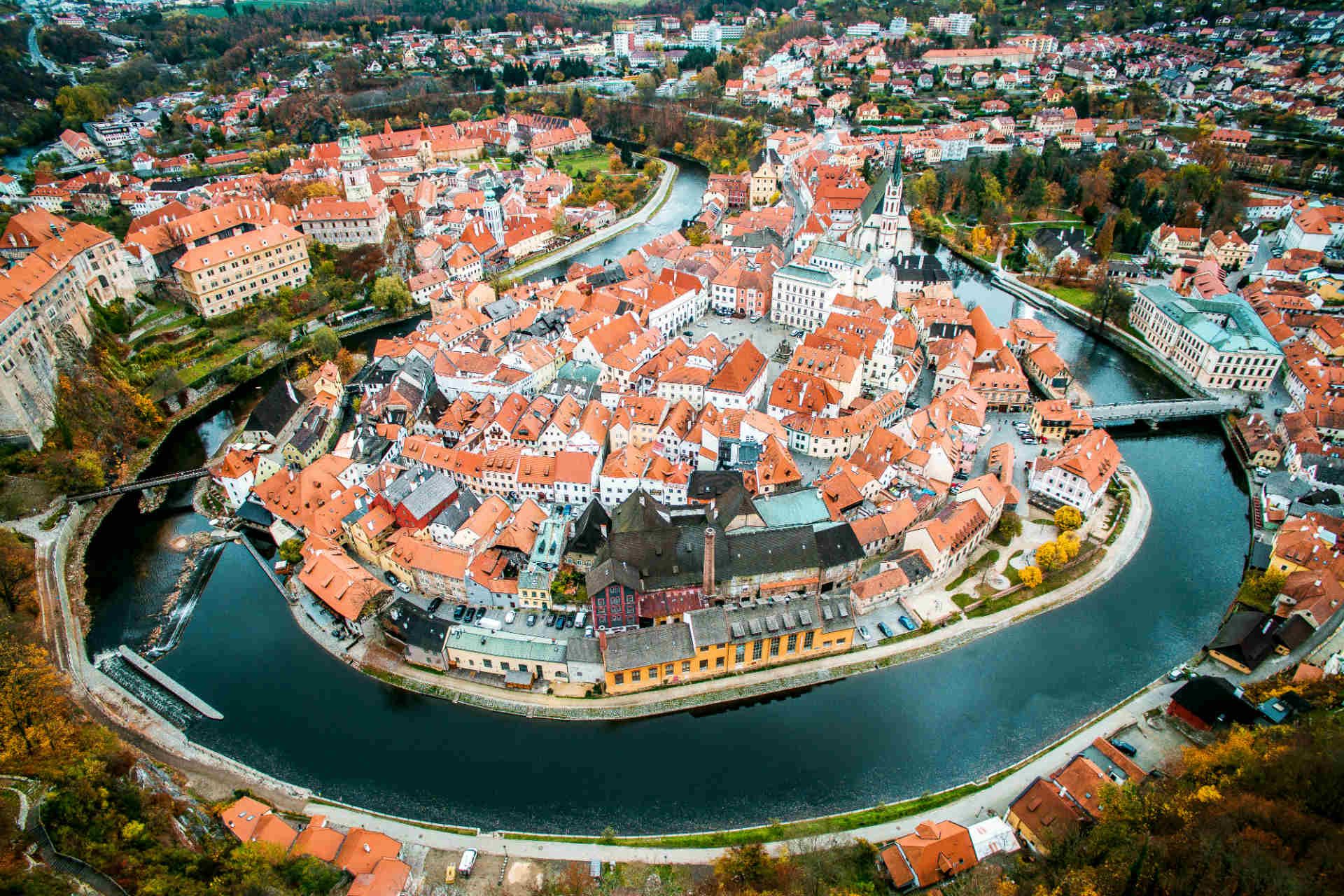4. Raise a glass to beer history in Plzeň
Plzeň (Pilsen) isn’t just another industrial city — it’s the birthplace of Pilsner, the golden lager that changed beer forever. If you're into Czech beer, this is one of the best things to do in the Czech Republic.
Start at the legendary Plzeňský Prazdroj Brewery — better known as Pilsner Urquell — where the world’s first pale lager was brewed in 1842. Today, the brewery runs interactive tours with behind-the-scenes access, cool cellars, and fresh unfiltered beer straight from the barrel.
Just a short walk away, the Pivovarské Museum at Veleslavínova 6 dives deeper into the city’s beer-making past, with historic brewing tools and an old-school malt house tucked into its medieval cellars.
Founded in 1292, Plzeň boomed during the Industrial Revolution, later becoming a Communist-era hub for trams, cars, and tanks. But for most visitors, the real draw is cold, crisp, and best enjoyed in a local beer hall.














